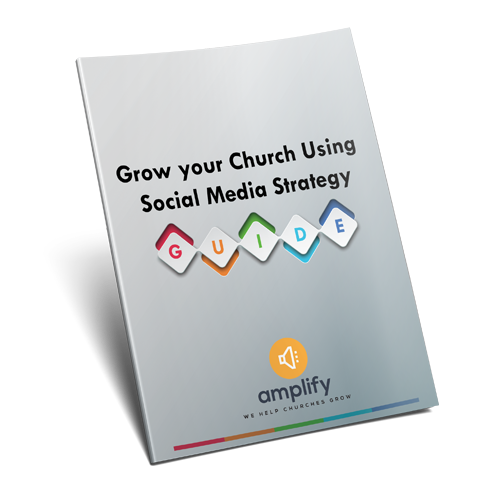(The following is an excerpt from my new book, Pull: Making your Church Magnetic)
The biggest mistake churches make with their promotional outreach is the erroneous belief that we, as leaders, can reach everyone. Most leaders agree intellectually that we can’t reach everyone. In practice, however, we try to reach everybody and wind up reaching nobody. So few churches take the time to discover who God has gifted them to reach, and they inevitably make the costly mistake of seeking to attract everyone to their church.
As you can imagine, when you try to attract everyone, you end up attracting no one. When you realize God has uniquely equipped you to reach a specific group, there’s no stopping your church’s ability to reach them. As a bonus, you’ll also spend a fraction of the cost reaching those you can reach. At Calvary, the average age of those in attendance is thirty-two, but that’s not enough information to be effective in understanding who we reach. There are other demographics to factor in, such as gender, marital status, and where people live.
But factors below the surface are just as important. Psychographic considerations also give color to the outline demographic statistics provide. When I talk about this, the first question I usually get is, “What are psychographics?” Psychographics are how people think, their values, interests, and lifestyle. To understand Calvary, you must understand our psychographics. There’s a common way we look at the world.
Let me give you a glimpse into the psychographics at Calvary that will shed some light on why this is so important. I am a second-generation Cuban American. That means my parents are Cuban and came to America seeking a better life. They left a brutal Communist regime, boarded a plane to the United States, and never looked back. I am the first person on my mom’s side of the family to graduate from high school or college. I was born in Boston, so I am American by birth, but my heritage and upbringing were very Cuban.
At Calvary, more than 70 percent of our church is second-generation Hispanic Americans, Asian Americans, Haitian Americans, European Americans, and African Americans. When you dip below zip codes and marital status, our church is a place for people like me—people who are the children of two worlds: the world they lived in growing up at home and the world in which they were educated. This understanding influences everything. It influences how we view the world, our family priorities, even our politics.
Your church has a story. It’s the common story of most people in your congregation. Until you discover what that story is, you will have a difficult time being effective in your promotional outreach. But once you crack the code, there’s no stopping your church’s ability to reach people.
Another important point to make is that every city has micro-populations. There are thriving churches in my city (Miami) reaching only first-generation Haitians; that’s their target market. Many churches in Miami are committed to reaching first-generation Hispanics. Every element of their services is in Spanish—preaching, music, offering, children’s and youth ministry. Some might argue that these are just various types of language ministry. However, let’s move the conversation to a broader context. Every community has urban and suburban people. Every city has urban professionals and the urban poor. You must decide whom you are best equipped to reach and focus on reaching them.
As leaders, we love to recite the mantra that it takes all types of churches to reach all types of people. Do we really believe that? I don’t feel any competition with the churches in my city. Nor should you. Instead, the only way we will reach our entire city is by every church focusing on those whom they are gifted by God to reach. When this happens, we won’t feel the competition so many pastors feel. Instead, we’ll be like an orchestra, all playing the same song but playing it in our unique way.
One question pastors ask me is, “How do I know who I’m best equipped to reach?” Although there are many ways to discover this, the basic rule is that you generally reach people like you. My wife and I started Calvary when we were in our mid-twenties with no children. Guess who attended our church primarily? Singles and young married couples. Today, we have three children and we are quickly approaching forty. Our children’s ministry is bursting at the seams and our church is filled with married couples with children. As your stage of life changes, so will your church. That’s a fact. We simply must know that fact and use it to influence who we try to reach.
The purpose of our promotion is not to get a person to attend only one time. We can put together a promotional piece and attract many people to attend once. One benefit of knowing whom you’re trying to reach is seeing people attend for the first time who are also most likely to stay at your church.
It’s not difficult to promote a special event and see many people attend. What takes more skill is promoting an event to the group of people most likely to attend your church. One reason churches have a big Easter and then drop back to their pre-Easter attendance is because they would rather have a crowd, but those who come are not the ones that church is best equipped to reach. This is one reason outreach is so expensive for churches. Rather than zeroing in on a specific group, they feel the need to reach out more broadly. They lack focus on those most likely to attend and stick to their church.
You can pick up a copy of Pull by clicking here. You can get the Kindle version by clicking here.
If you want to receive up to $848 in bonus resources just for buying a copy of Pull, click here.

